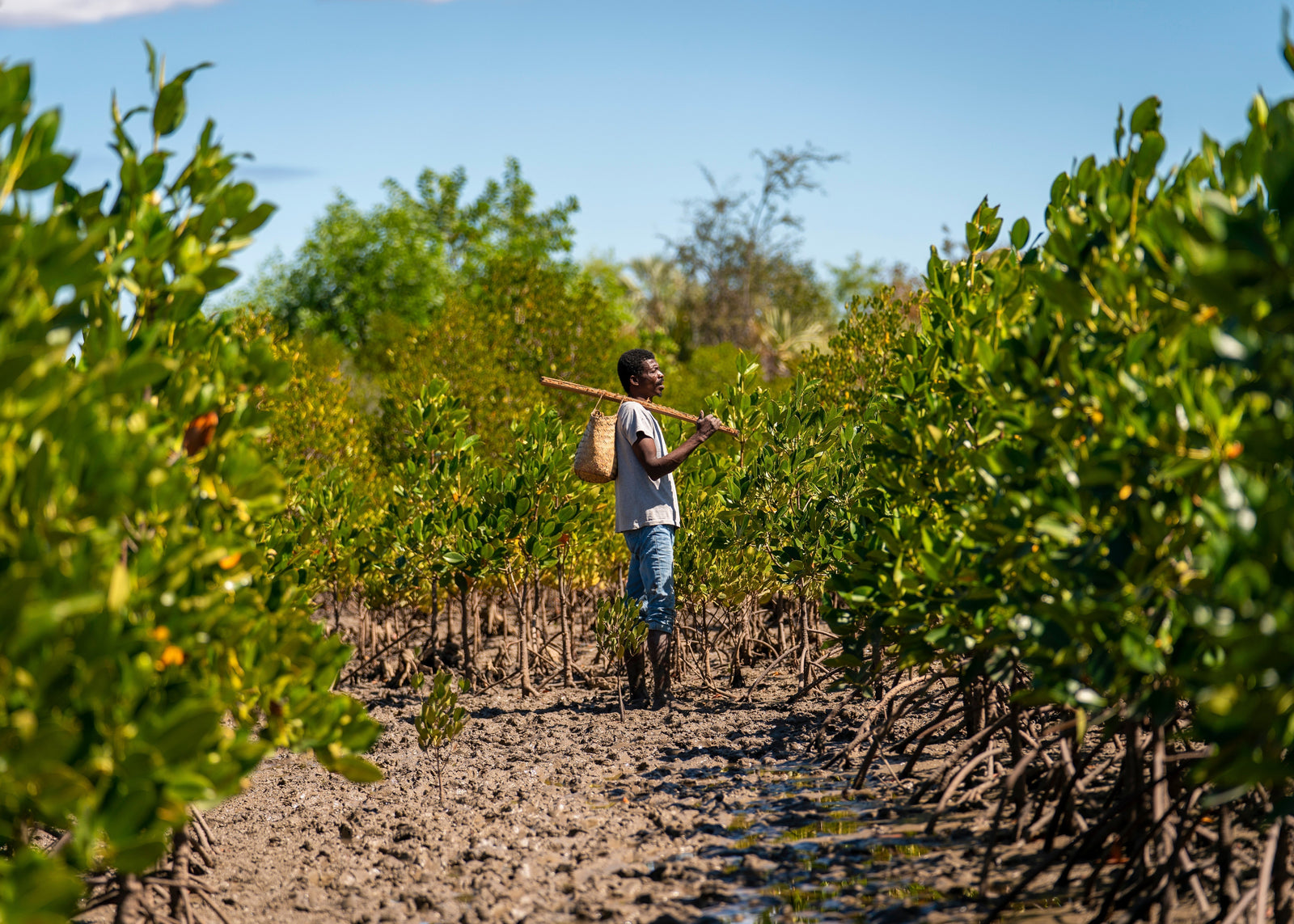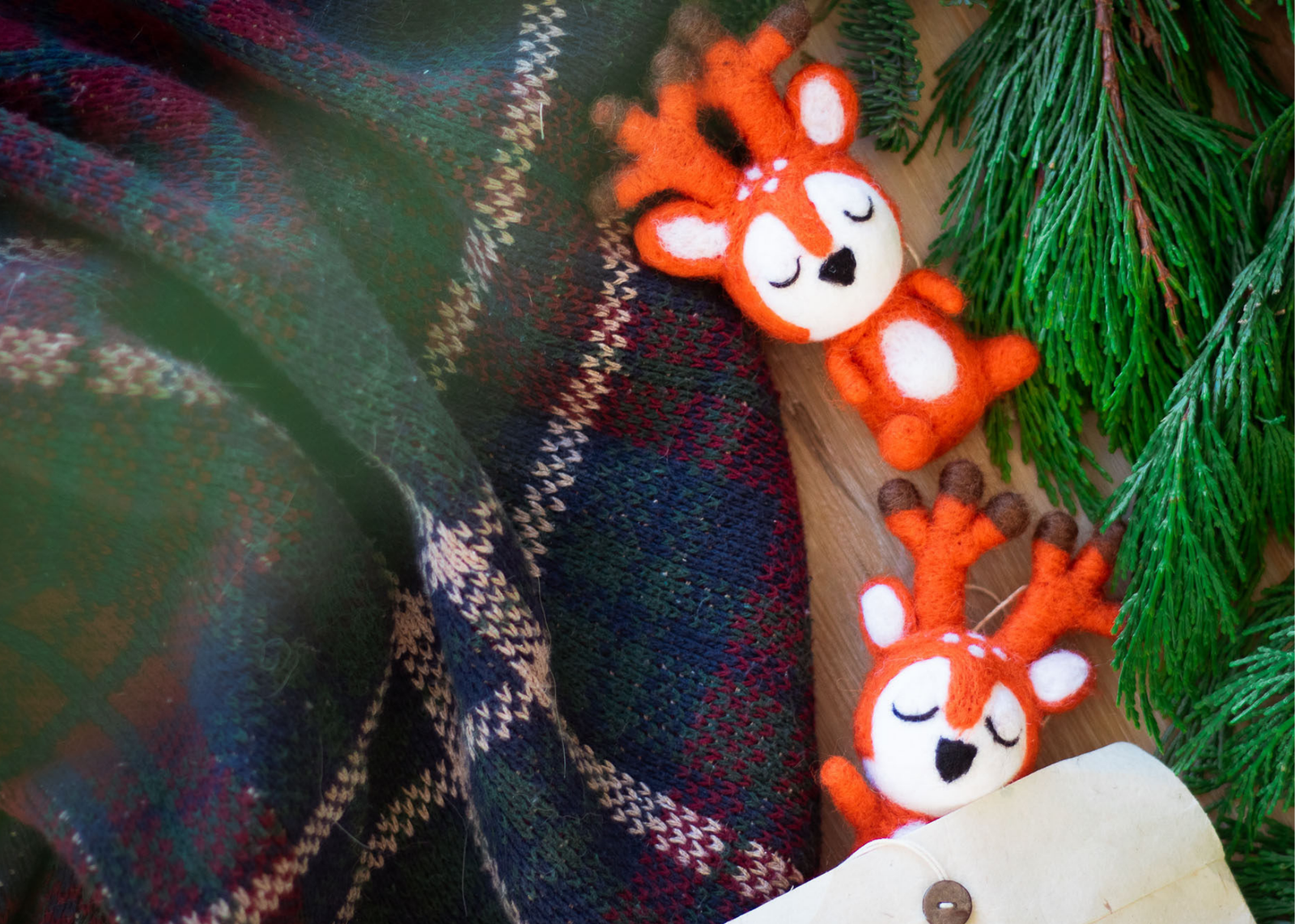Our cat absolutely loves this catnip. He goes where his toys are and lays on his favorite carrot toy. We put the nip on it and he gets feisty then mellows out and falls asleep!!! This nip is the best we've had!
This wreath is beautiful. I love the details, colors, and how it is ethically made. I add holiday essential oils directly on the wreath for a festive scent.
I am over commercially made decor. I have been switching to small ethical businesses the past year. I refuse to support greedy CEOs and prefer to support those companies helping fellow humans thrive!
I have also bought other products and the ornaments are sweet and unique. The stars are fun way to keep fresh stored clothing.








jeanette c klemczak
November 11, 2021
Great ideas. I am down to one dryer ball as my cat grabs them if they fall out of the laundry basket and pushes them under the bed. Love the post-life ideas sheet. Any chance you could print these and put them in the orders when you ship them? I’m planning on gifting several sets for Christmas and will want to include these ideas. I can certainly print these as well. Thanks, again.